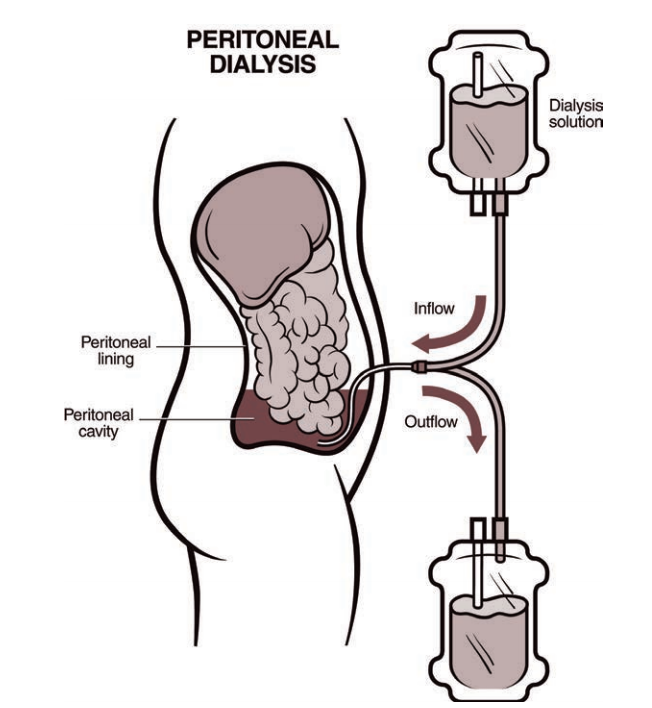This topic takes on average 55 minutes to read.
There are a number of interactive features in this resource:
 Biology
Biology
 Human biology
Human biology
 Physical education
Physical education
If a person's kidneys fail, then they stop removing waste products (like urea) from the blood. These toxic waste products build up and will eventually kill the person.
In dialysis, a patient's blood is passed through a dialysis machine. The dialysis machine takes over the job of their kidneys, removing waste products and balancing the levels of water and salts in the blood. The patient will need dialysis three or four times a week and each session lasts 4-5 hours, so it is quite a time consuming process.

It takes a large dialysis machine to take over if the kidneys fail
The dialysis fluid contains water, glucose, salts and various substances at the correct concentration for the body. The dialysing membrane allows small particles such as water, urea and mineral ions to pass through it. There will be a net flow from the region of higher concentration (usually in the blood) to the region of lower concentration (in the dialysis fluid) by diffusion. As a result the concentration of these small particles ends up being the same on both sides of the membrane. So the blood leaving the dialysis machine has all these substances in the same concentration as the dialysis solution.
The fresh dialysis solution does not contain urea - so urea (and other impurities) pass out of the blood. They are taken away by the flow of dialysis solution. Proteins and blood cells are too big to pass through the membranes so stay in the blood.

CAPD uses your own body and can be managed
in the home rather than a hospital.
CAPD (continuous ambulatory peritoneal dialysis) is another sort of dialysis. CAPD uses the body's own membranes for dialysis and the process goes on inside the patient's body. Dialysis happens all the time, even when someone is sleeping or out shopping. People can manage CAPD in their own homes as they do not need to be linked up to a big, expensive dialysis machine.